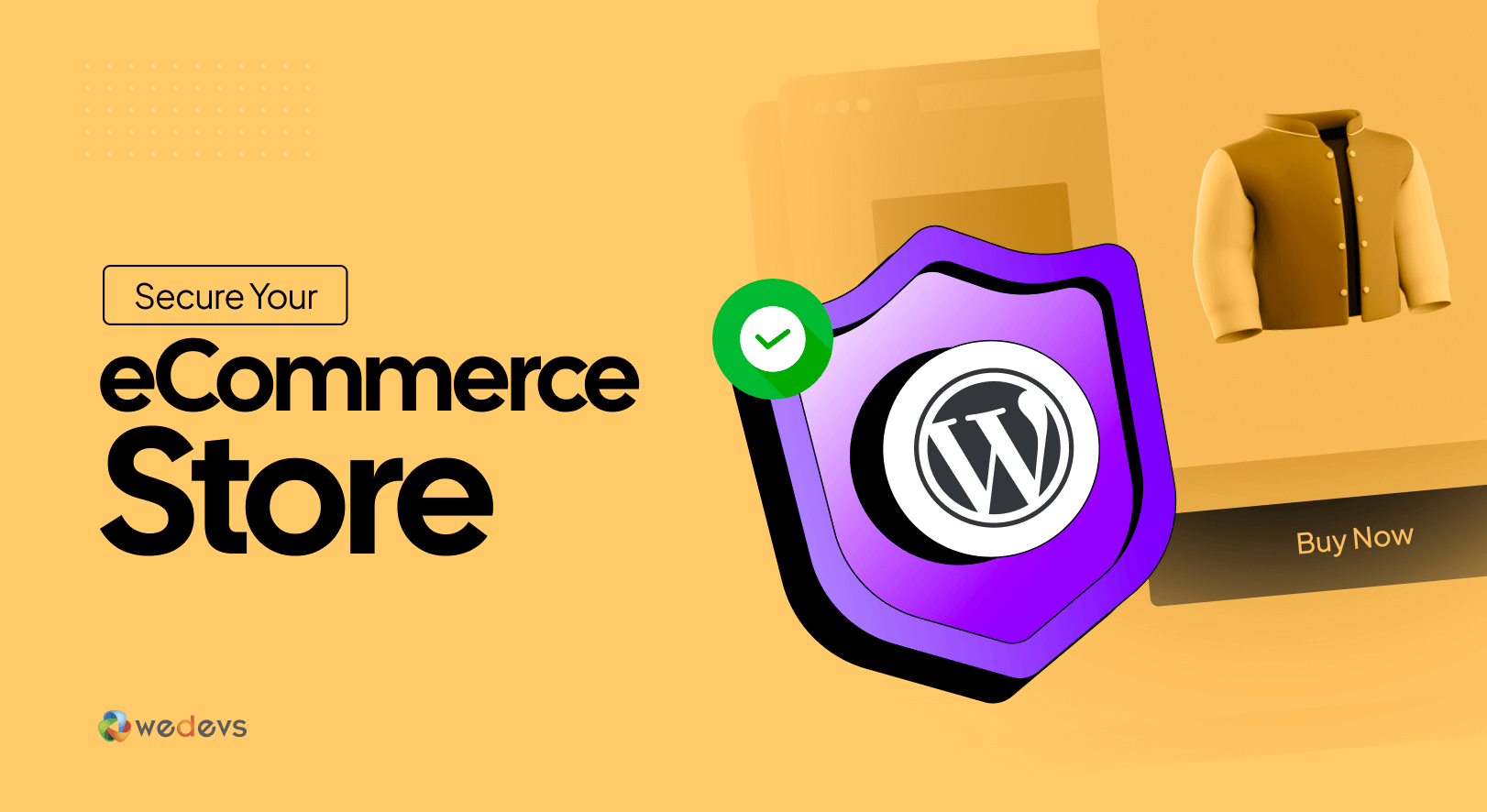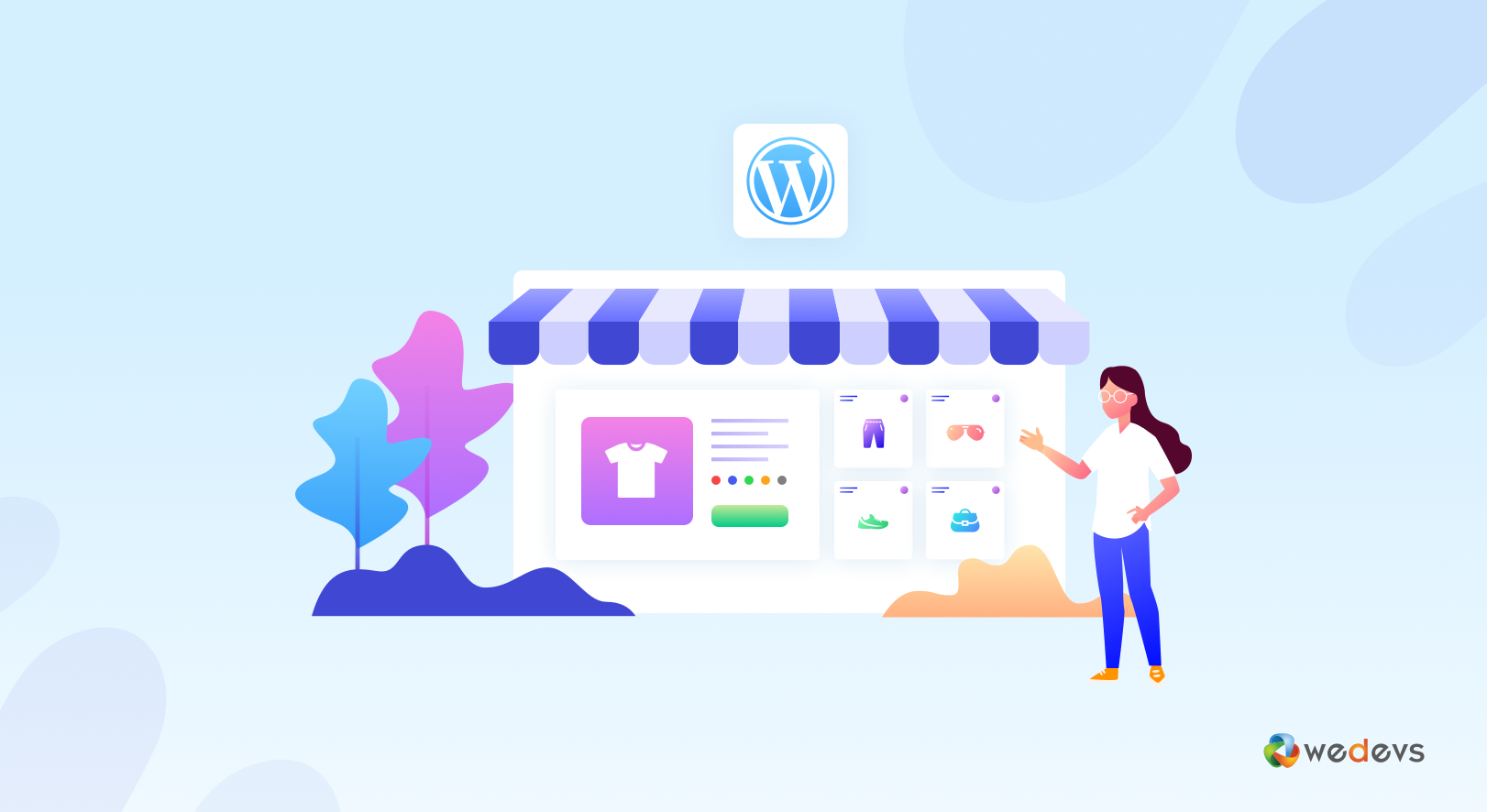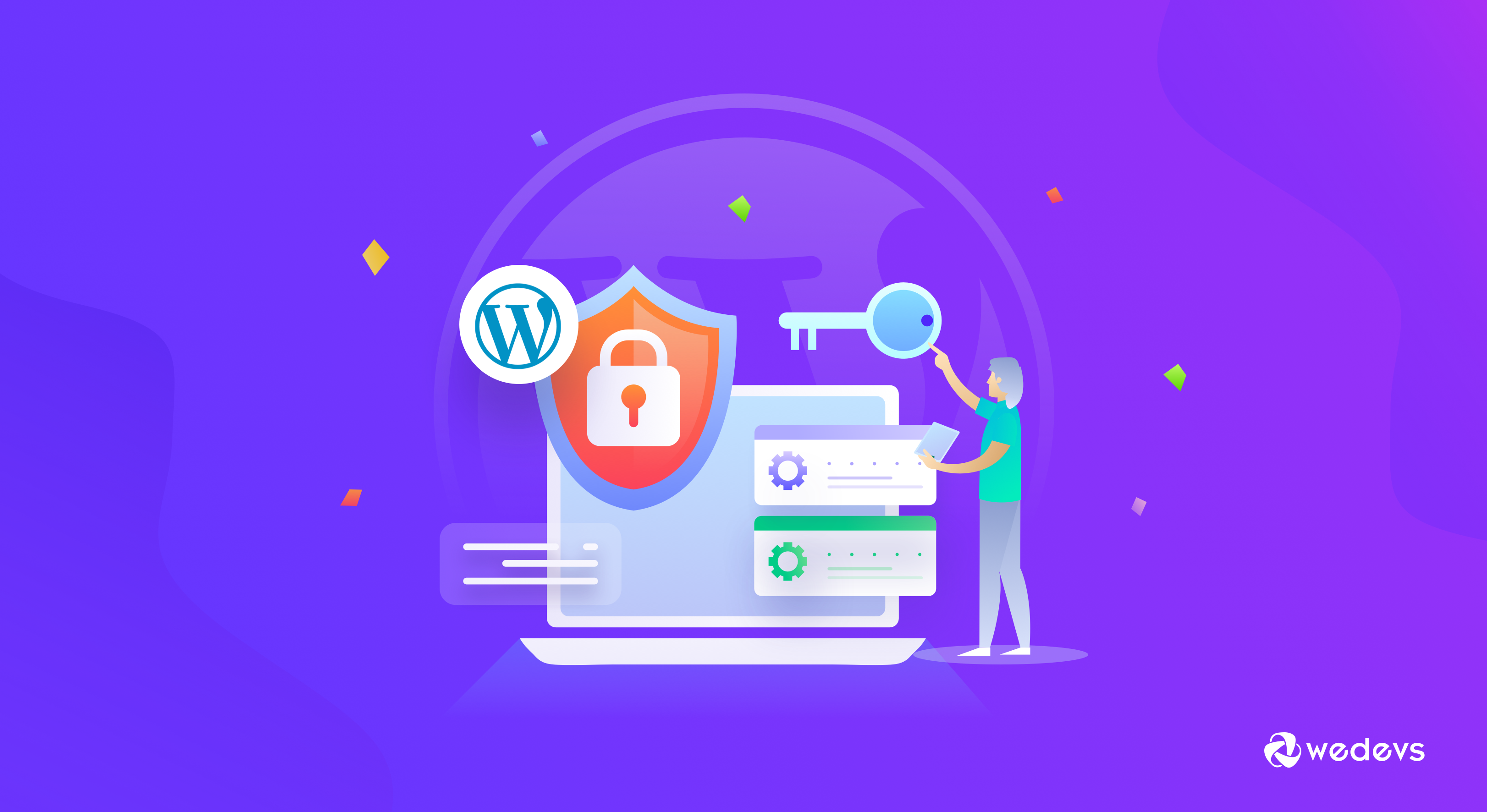
How to Secure an Online Store – 9 Proven Tips for 2025
Building and running an eCommerce store can be as exciting as it is fulfilling. WordPress and its vast ecosystem of plugins mean you can build any type of store quickly and easily. Even so, the security and management of any website, especially eCommerce stores, remain important.
A security breach carries a lot of ramifications. The good news is that risk can easily be lowered by taking precautions in securing your WordPress eCommerce store.
In this article, we will be looking at what you can do to protect your site from bad actors. While security can be complex and is definitely an ongoing process, the basics detailed in this article go a long way in improving the security posture of your sites.
I. Choose Hosting Wisely
Where you host your WordPress eCommerce store is one of the most fundamental security considerations when securing your website. A good hosting provider offers a reliable service that is built with security in mind.
When choosing a hosting provider, consider factors like speed, uptime guarantees, customer support, scalability, and security features. It’s also important to choose the right type of hosting – shared, VPS, cloud, or dedicated, based on your website's size and needs.
Investing in a reputable hosting provider might cost a bit more upfront, but it pays off in the long run with faster load times, better SEO rankings, and happier visitors.
II. Ensure You Have TLS
TLS, commonly known as SSL, is a security protocol that encrypts data in transmission between your eCommerce store and website visitors. This protects sensitive data from prying eyes, ensuring sensitive information, such as customer details and financial information, does not get stolen while it's en route.
Many hosting providers offer TLS certificates, making it easy to install on your website. However, you can also purchase TLS certificates from a Certificate Authority (also known as CA) such as DigiCert, GlobalSign, and others. You’ll also find free options such as Let’s Encrypt.
III. Keep Everything Updated

WordPress, themes, and plugins receive regular updates to patch security issues and add new features. Keeping everything up to date is, therefore, essential in mitigating the risk of software containing vulnerabilities that can lead to breaches or data theft.
Here, consistency is key. If you do not have a highly customized environment, auto-updates are definitely something you should consider. This allows WordPress to automatically install updates as they become available without any intervention required on your part.
On the other hand, if you do have a custom environment, think about testing updates in staging before rolling them out to your live website.
IV. Remove What You Do Not Need
If you have plugins that you no longer use, uninstalling and removing them helps you narrow down your attack surface. While most plugins today are very secure, incidents do happen. Unused plugins unnecessarily add risk without any reward. As such, removing them from your site is recommended.
If you’re unsure whether a plugin is in use or not, uninstalling it on a staging website will identify whether removing it breaks anything or not. With most hosting providers offering staging environments, setting one up should not be too much of an issue.
And if they do not, setting one up locally is another viable option that does not cost a penny when using software such as Studio by WordPress or FlyWheel Local.
V. Patch Vulnerabilities with Patchstack
Another way to address vulnerabilities is by using Patchstack. The main differentiator here is that you do not need to wait for the developer to issue a patch. It uses virtual patching, which automatically addresses the vulnerability through automatic rules that mitigate the risk associated with the vulnerability.
Patchstack uses AI/ML-based source code analysis as well as crowdsourced research to patch even 0-day vulnerabilities, that is to say, vulnerabilities that nobody knows about yet.
Aside from virtual patching, Patchstack also includes advanced WordPress hardening options, IP blocklisting, and an OWASP module, making it a comprehensive security package.
VI. Add Two-Factor Authentication
While a good, strong password goes a long way in protecting user accounts from malicious actors, two-factor authentication is a game-changer when it comes to account security.
Because it adds a second layer of authentication, even if user passwords are compromised, bad actors will not be able to get in without access to the secondary authentication method.

WordPress uses a username and password combination for user authentication. This is the primary authentication method. 2FA adds a secondary authentication method requirement. These secondary authentication methods include:
- OTP (One-Time Password) via 2FA authenticator app
- Email link
- Passkeys
- Hardware keys
- And many others
Even if a bad actor manages to get their grubby hands on users’ passwords, it is highly unlikely they’ll also get access to their phone or email, making it nearly impossible to access the account.
You can easily add 2FA to your WordPress site by installing a plugin such as WP 2FA.
VII. Install a Good Firewall
A WordPress firewall acts like a barrier between your websites and the internet. It blocks malicious traffic whilst letting legitimate users and visitors through.
Firewalls have been around for decades, making them a truly tried and tested security measure for keeping your eCommerce website safe and secure.
One of the most commonly used types of firewalls on WordPress sites is called WAF, short for Web Application Firewall. These types of firewalls are often plugin-based and are easy to install and manage. Popular security plugins include:
These are definitely not the only options available, with many more available in the WordPress repository.
A good firewall does not just block malicious IPs. It actively monitors traffic and blocks suspicious patterns. This means even previously unknown attack patterns can sometimes be mitigated before they cause damage.
VIII. Monitor User and System Activities
Keeping a record of user and system activities is a proactive and reactive security measure. It can help you identify suspicious behavior before it becomes problematic.
At the same time, it can help you uncover the root cause should there ever be an incident. This will not only make your job much easier, but it can also help you get back up and running much faster.
As WordPress does not come with an activity logger straight out of the box, you will need a plugin to add this functionality to your website.
Typically, log records will tell you who accessed what, when, from where, and what they changed; however, this will depend on which plugin you use.
Activity coverage is also plugin-dependent, and as such, you’ll also want to ensure you go with a solution that offers maximum coverage and wide third-party plugin compatibility. This will help you cover as many activities as possible across your websites.
WP Activity Log is the most detailed option. It’s been around for over 12 years at the time of writing and is a complete logging solution with support for various third-party plugins and tools, including Yoast SEO,
WooCommerce and many others. It comes in both free and paid versions, giving you the option to choose the best solution for your requirements.
IX. Regulations Compliance

As an eCommerce store, compliance is especially important, more so if you are storing customer personal information. As such, taking the appropriate steps to guard user data is a must. Standards and legislation such as PCI DSS, GDPR, and many others enforce stringent requirements on how user data is collected and processed.
You need to get user consent to collect and process information and store cookies. Tools like Complianz and CookieYes can help with this. Users also have the right to request a copy of their data and demand data deletion. Different rules and requirements may apply, depending on the jurisdiction the user is coming from.
You'll need to ensure all required policies are updated, published, and easily accessible. Cookie consent and preference banners must provide users with the option to opt out if they so desire.
Keeping Your eCommerce Store Secure
Installing plugins and tweaking settings to make your website secure is only one part of the process. To keep your website truly secure, regular and consistent maintenance is required to stay ahead of any potential threats.
This means keeping everything updated, checking logs, setting up notifications for suspicious behavior, and carrying out regular security audits.
Security isn’t something you set up once and then forget. It’s an ongoing process that evolves as new threats emerge and your store grows.
The good news is that by following the tips we’ve covered, from choosing the right hosting provider and enabling 2FA, to keeping audit logs and hardening your site, you’re already well on your way to building a strong security foundation.
If you ever get stuck, don’t hesitate to ask for help. The WordPress community is incredibly active and always willing to lend a hand. And when it comes to plugins or managed services, most vendors offer direct support via chat or email, so you’re never truly alone.
Securing your WordPress eCommerce store may take some effort, but the peace of mind it brings for you and your customers is well worth the effort.